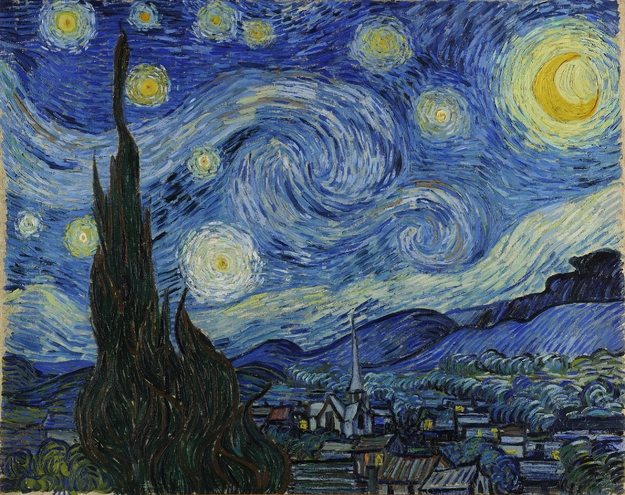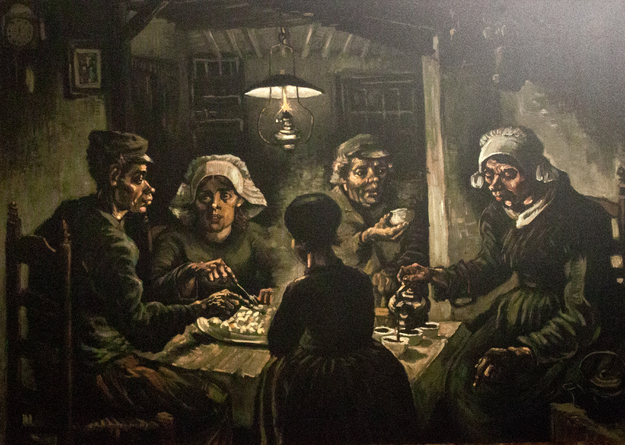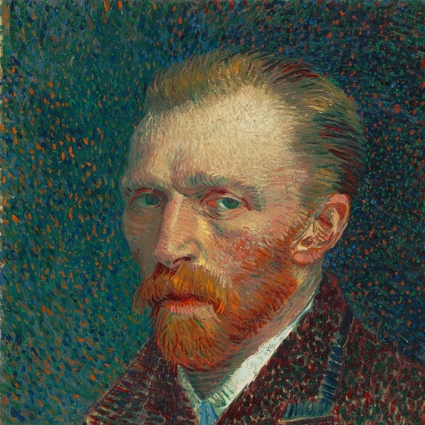Vincent van Gogh's life and behaviors have been the subject of various medical and psychiatric diagnoses throughout history. While several explanations have been proposed, the diagnosis of Autism Spectrum Disorder (ASD) could shed light on his unique and unusual persona. Beyond any diagnostic labels, it is evident that Van Gogh's mind worked in extraordinary ways, allowing him to perceive the world with exceptional depth and intensity that can be translated into his mesmerizing artworks.
A role model for embracing a unique perspective of the world

A Profound Passion for Art
From his early years, Vincent exhibited characteristics consistent with ASD (See also: Embrace Autism), such as difficulties in social interactions, an intense focus on specific interests, and repetitive patterns of behaviour. During his childhood, Vincent was deeply dedicated to his interests, such as painting, collecting wildflowers, bird eggs, and beetles. Vincent's sensory experiences, although atypical, fueled his profound connection to nature and art. His ability to find beauty and inspiration, even in adverse weather conditions during his long walks, demonstrated a deep appreciation for the world around him. Vincent was able to see the world in a unique way, and his extraordinary creativity can be observed in his artwork. His art became an outlet for his inner world and a means of processing complex thoughts and emotions.
Art as a Window into Vincent's Soul
Van Gogh's self-portraits and landscapes were more than mere representations; they were windows into his soul. His use of vibrant colours and bold brushstrokes conveyed emotions and inner turmoil, inviting viewers to see the world through his eyes. His art was an invitation to engage with his inner world, fostering a sense of acceptance and understanding, not only for himself but also for others who might have felt similarly misunderstood.
Creating Connection through Emotional Expression
While Vincent faced challenges in social interactions, his life also demonstrates resilience and a relentless desire for meaningful connections. Despite struggling to empathize and connect with others, he persisted in seeking family reconciliation, friendships, and love. His life experience also allowed him to create art that resonated with people from all walks of life. Through his paintings, such as "The Potato Eaters" and "The Starry Night", the essence of human struggles, resilience, and beauty was captured. He showed that creativity could serve as a bridge to connect individuals, breaking down barriers of misunderstanding and isolation with art.
Vincent van Gogh, The Potato Eaters, oil on canvas, 1885 - Photo by Szilas found on Wikimedia . 
Vincent van Gogh's Enduring Artistic Legacy
Despite being socially inept, he was a brilliant and creative genius, much like other renowned figures in history. The recognition of his ASD diagnosis sheds new light on his life, art, and the emotional intensity he infused into his work through vibrant colours and expressive brush strokes. Understanding Vincent's passion for art within the context of ASD provides a deeper perspective on his remarkable and enduring artistic legacy.
More about our A/artist project here.
References
Here are some more resources about Vincent van Gogh, and how he serves as a positive example of autistic representation:
Friedman, S.L., Krier, L., Arenberg, I.K. (2022) Autism Added to Behavioral Profile of Vincent van Gogh. International Journal of Forensic Sciences.
